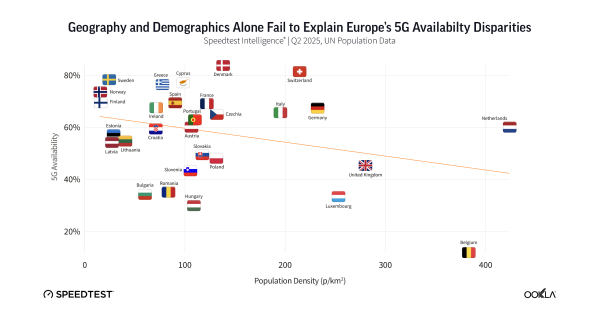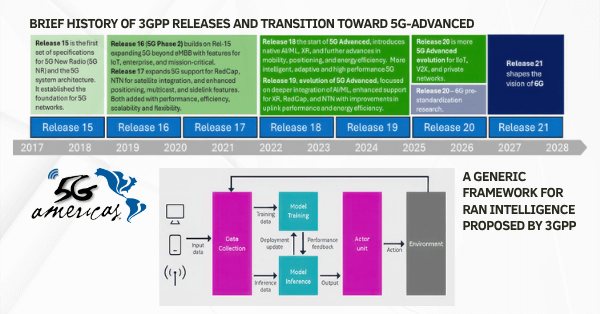The Marine Corps Logistics Command (LOGCOM) has partnered with Federated Wireless to launch the Department of Defense’s (DoD) first commercial Private 5G Network. This transformative project marks a major step forward in military logistics at the Marine Corps Logistics Base (MCLB) in Albany, Georgia. The $6 million, 42-month sustainment contract builds on an initial $16.2 million pilot deployment. Key partners—JMA Wireless, Hewlett Packard Enterprise (HPE), and Shared Spectrum—played critical roles in realizing this landmark achievement.
Key Challenges in Modernizing Military Logistics and How 5G Solves Them
The MCLB Albany logistics hub faced several operational barriers that hindered efficiency:
- Connectivity Issues: Fiber-optic installations were costly and complex, while traditional Wi-Fi systems were unreliable in the challenging warehouse environment.
- Manual Processes: Outdated systems resulted in inefficiencies, higher labor costs, and delayed inventory management.
- Scalability: The lack of a unified, scalable network hampered efforts to introduce process automation and real-time data access.
Recognizing these challenges, the DoD launched a smart warehouse pilot program under the National Spectrum Consortium (NSC). Federated Wireless was selected to design and implement a solution tailored to meet the unique needs of a high-demand logistics environment.
How CBRS-Based Private 5G Transforms Military Logistics at MCLB Albany
Federated Wireless deployed a CBRS-based private 5G network across one million square feet, delivering 40 Gbps of wireless capacity. This advanced network modernizes logistics with key features:
- CBRS Spectrum: Seamless and cost-effective allocation of shared spectrum ensures reliable connectivity.
- Low Latency: Enables real-time inventory tracking, process automation, and responsive decision-making.
- Secure Integration: Designed to meet strict DoD cybersecurity requirements while integrating with existing USMC systems.
- Scalability: Future-proof architecture that supports the expansion of automation and AI-driven operations.
JMA Wireless, HPE, and Shared Spectrum: Driving 5G Success at Albany Base
Several leading technology partners collaborated on this groundbreaking deployment:
- JMA Wireless: Provided ORAN and XRAN technologies for dynamic, secure network management. These innovations enable the system to adapt to changing operational demands.
- Hewlett Packard Enterprise (HPE): Delivered its Aruba Networking 5G Core, ensuring robust security, reliability, and scale to handle the demands of military logistics.
- Shared Spectrum: Enabled efficient CBRS spectrum management, a critical component for the network’s flexibility and resilience.
These contributions ensured the success of the network while setting the stage for future DoD logistics initiatives.
Proven Results: The Impact of Private 5G on Military Logistics
The early results from the Albany base demonstrate the transformative impact of this private 5G network:
- 98% accuracy in inventory reordering, minimizing errors.
- 65% faster movement of goods, accelerating supply chain processes.
- 55% reduction in labor costs, freeing resources for other mission-critical activities.
This data underscores the operational efficiency and cost-effectiveness of deploying private 5G in military environments.
Scaling Private 5G for Comprehensive DoD Logistics Modernization
The success at MCLB Albany positions this project as a model for broader logistics modernization across the DoD. Future implementations are expected to benefit key agencies, including:
- The Defense Logistics Agency (DLA).
- The Marine Depot Maintenance Command (MDMC).
- The Marine Force Storage Command (MFSC).
By adopting private 5G, the DoD can streamline logistics, reduce costs, and enhance mission readiness on a larger scale.
Federated Wireless: Pioneering Private 5G for National Defense
As the project leader, Federated Wireless delivered end-to-end solutions, including network design, project management, and lifecycle technical support. The company also demonstrated the strategic value of shared spectrum solutions, emphasizing flexibility and cost savings.
Iyad Tarazi, CEO of Federated Wireless, commented: “We’re honored to support the Marine Corps and help modernize military logistics. This partnership underscores our commitment to serving the national defense mission with cutting-edge technology.”
Top Advantages of Private 5G in Military Logistics
The deployment of private 5G networks provides substantial advantages:
- Real-Time Data Access: Facilitates faster decision-making and better resource allocation.
- Operational Efficiency: Automation and improved network reliability reduce manual intervention and delays.
- Scalable Infrastructure: The flexible architecture supports future expansion to other military operations.
- Cost-Effectiveness: Significant labor and operational savings free up resources for other priorities.
CBRS Spectrum and the Future of Mission-Critical Logistics
This deployment validates the potential of CBRS shared spectrum for mission-critical applications. It demonstrates how private 5G networks can overcome the limitations of traditional connectivity solutions in challenging environments. The success of this project encourages further adoption of CBRS-based networks in industries like manufacturing, healthcare, and transportation.
Albany Base 5G Network: Progress and the Path Ahead
The Albany base’s 5G network went live in November 2024. Over the next 42 months, Federated Wireless and its partners will provide sustainment services, continuous updates, and technical support. The DoD plans to replicate this model across other logistics hubs, further enhancing military readiness and efficiency.
The Marine Corps’ adoption of a private 5G network at MCLB Albany is a significant milestone in modernizing military logistics. By leveraging cutting-edge technologies and a strong partner ecosystem, the project demonstrates the transformative potential of private 5G. Beyond improving warehouse operations, it sets the stage for a broader logistics modernization effort across the DoD, ensuring readiness and efficiency for years to come.
































